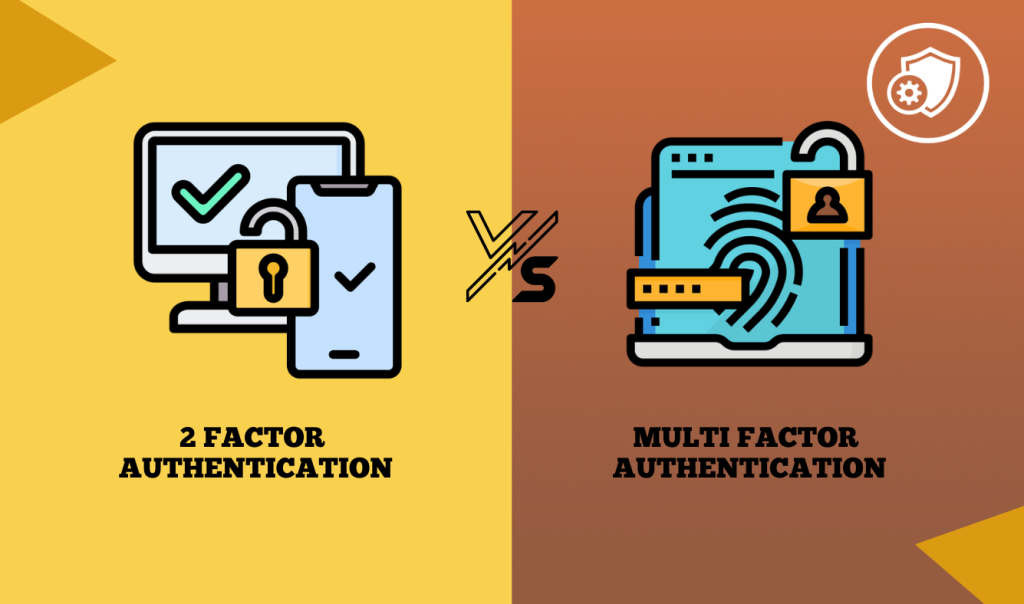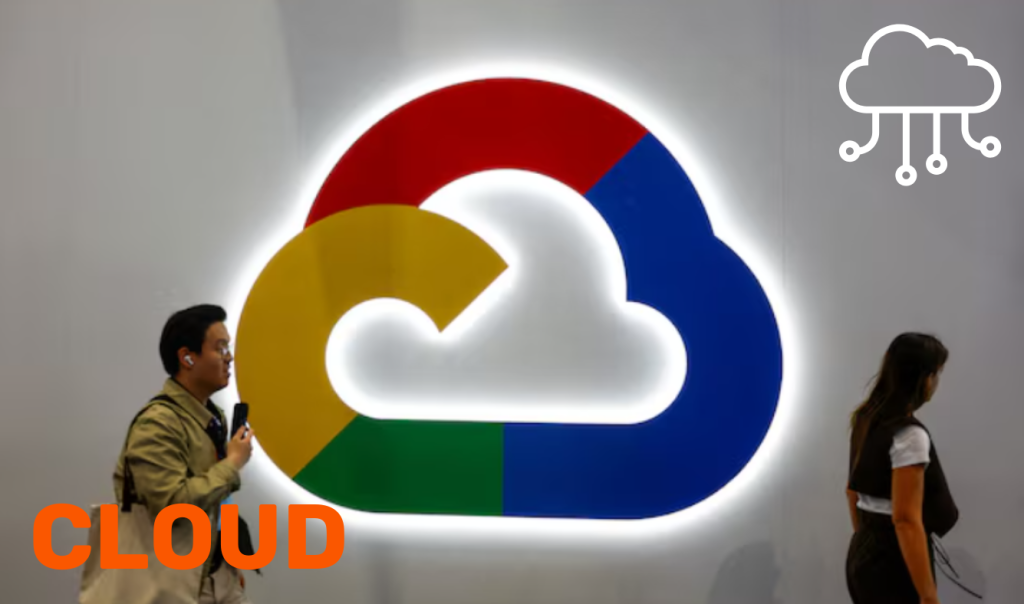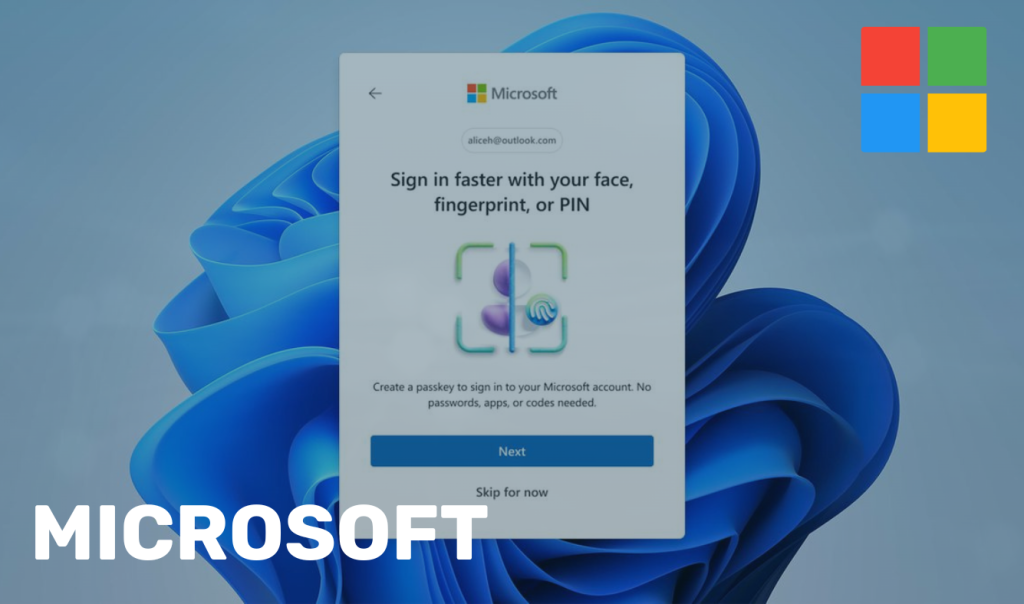Cyber threats continue to rise, making strong authentication methods essential for securing online accounts. Two-Factor Authentication (2FA) and Multi-Factor Authentication (MFA) are two widely used security measures that add an extra layer of protection beyond passwords. While both authentication methods improve security, they have key differences that affect their effectiveness.
This article by Creative Networks explains the differences between 2FA and MFA, how they work, and the benefits of multi-factor authentication and two-factor authentication for securing personal and business accounts.

What Is Authentication?
Authentication is the process of verifying a user’s identity before granting access to an account, system, or network. Traditionally, authentication relied on passwords, but with cybercriminals using advanced hacking techniques, additional security measures have become necessary.
Types of Authentication Factors
Authentication systems use different types of factors to verify identity:
- Something You Know – Passwords, PINs, or security questions.
- Something You Have – A mobile device, security key, or authentication token.
- Something You Are – Biometric authentication such as facial recognition, fingerprints, or retina scans.
The more authentication factors used, the stronger the security.
What Is Two-Factor Authentication (2FA)?
Two-Factor Authentication (2FA) is a security method that requires users to verify their identity using exactly two authentication factors before accessing an account. It provides stronger security than a password alone but is not as robust as MFA.
How 2FA Works
- A user enters their username and password to log in.
- The system verifies the credentials and requests an additional authentication factor.
- The user receives a one-time password (OTP) via SMS, email, or a multifactor authentication app like Google Authenticator.
- After entering the OTP, access is granted.
Common 2FA Methods
- SMS or Email OTPs – A temporary code sent to the user’s phone or email.
- Authenticator Apps – Google Authenticator and Microsoft Authenticator generate time-based codes.
- Security Keys – Physical devices like YubiKeys generate authentication codes.
Benefits of Two-Factor Authentication
- Provides an additional security layer beyond passwords.
- Easy to set up and widely supported across platforms.
- Reduces the risk of phishing and brute-force attacks.
Limitations of 2FA
- SMS-based 2FA is vulnerable to SIM-swapping and phishing attacks.
- Only requires two factors, leaving some security gaps.
What Is Multi-Factor Authentication (MFA)?
Multi-Factor Authentication (MFA) is a security method that requires users to verify their identity using two or more authentication factors. While 2FA is a type of MFA, not all MFA is 2FA because MFA often involves more than two factors.
How MFA Works
- A user enters their username and password to log in.
- The system verifies the credentials and prompts for an additional authentication factor.
- The user approves a push notification on their mobile device.
- The system requests facial recognition or fingerprint verification.
- After successful authentication, access is granted.
Common Multi-Factor Authentication Methods
- Biometric Authentication – Face ID, fingerprint scans, or retina scans.
- Push Notifications – Authentication approvals via a multifactor authentication app.
- Hardware Security Tokens – USB or NFC-based security keys for authentication.
Benefits of Multi-Factor Authentication
- Provides stronger security than 2FA by requiring multiple authentication factors.
- Reduces the risk of phishing and social engineering attacks.
- Offers flexibility by allowing users to select multifactor authentication methods based on their security needs.
Limitations of MFA
- More complex to set up compared to 2FA.
- Some methods require additional hardware, such as biometric scanners or security keys.
Key Difference Between 2FA and MFA
Features | Two-Factor Authentication (2FA) | Multi-Factor Authentication (MFA) |
Definition | Requires exactly two authentication factors. | Requires two or more authentication factors. |
Security Level | More secure than passwords alone but still has vulnerabilities. | More secure than 2FA due to additional authentication layers. |
Examples of Factors | Password + OTP via SMS or email. | Password + Push Notification + Biometric Authentication. |
Use Cases | Used for personal accounts like emails, banking apps, and social media. | Used for enterprise systems, corporate accounts, and financial institutions. |
Flexibility | Limited to two authentication factors. | Allows multiple authentication factors for higher security. |
Why 2FA and MFA Are Important
Many online accounts store sensitive personal and financial information. Cybercriminals use various techniques to steal passwords, such as:
- Brute-force attacks – Automated programs guess weak passwords until they gain access.
- Phishing scams – Hackers trick users into revealing login credentials.
- Data breaches – Leaked passwords from hacked databases provide attackers with account access.
By requiring additional authentication, 2FA and MFA prevent unauthorized access even if a password is compromised.
Which Is More Secure: 2FA or MFA?
MFA is more secure than 2FA because it requires multiple authentication factors. While 2FA provides an extra layer of security, MFA offers better protection by adding multiple security checkpoints.
Best Practices for Choosing the Right Authentication Method
- If only 2FA is available, enable it to strengthen account security.
- If MFA is an option, use it for accounts containing sensitive information.
- Choose multifactor authentication methods that include biometric verification, as biometric data is unique to each user and difficult to replicate.
- Use a multifactor authentication app rather than SMS-based authentication to avoid vulnerabilities like SIM swapping.
Final Thoughts
Both 2FA and MFA enhance security by adding extra authentication layers beyond passwords. While 2FA is better than relying on passwords alone, MFA offers the highest level of security by requiring multiple authentication factors.
For better protection against cyber threats, enable MFA wherever possible and choose strong multifactor authentication methods like biometric verification or security keys.
Contact Creative Networks Today
Cyber threats are on the rise—protect your data with Two-Factor Authentication (2FA) and Multi-Factor Authentication (MFA).
At Creative Networks, we offer Secure authentication solutions to prevent unauthorized access, safeguard sensitive data, and ensure compliance with GDPR, ISO 27001, and Cyber Essentials.
Strengthen your security today! Get expert advice on 2FA & MFA solutions tailored to your business needs.




